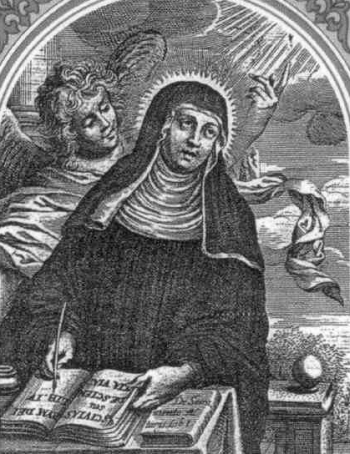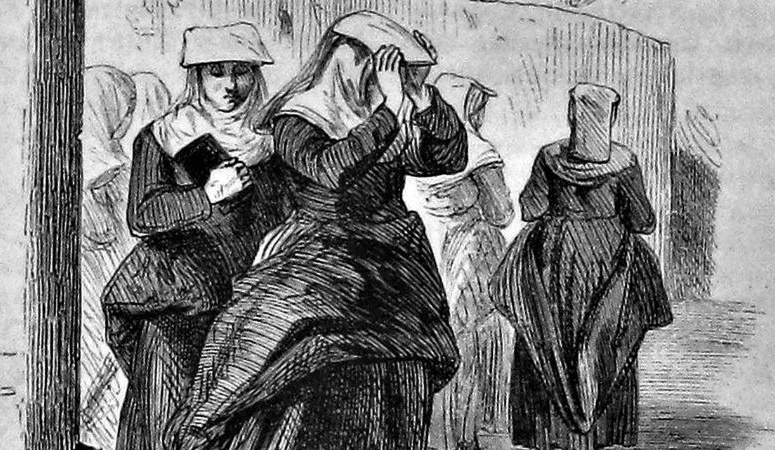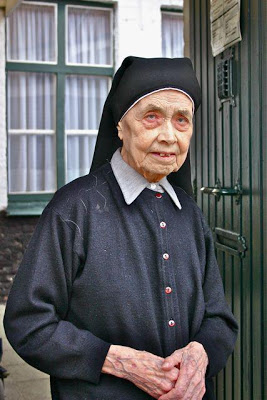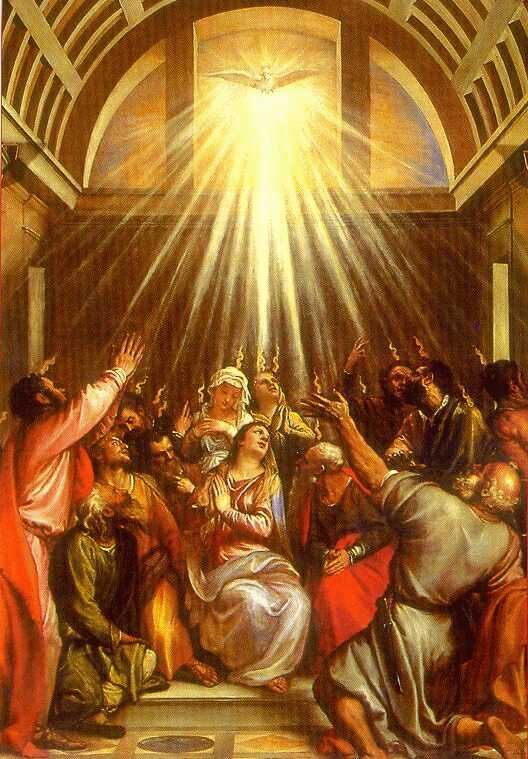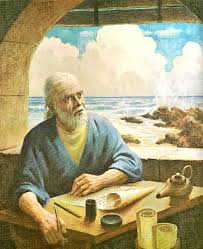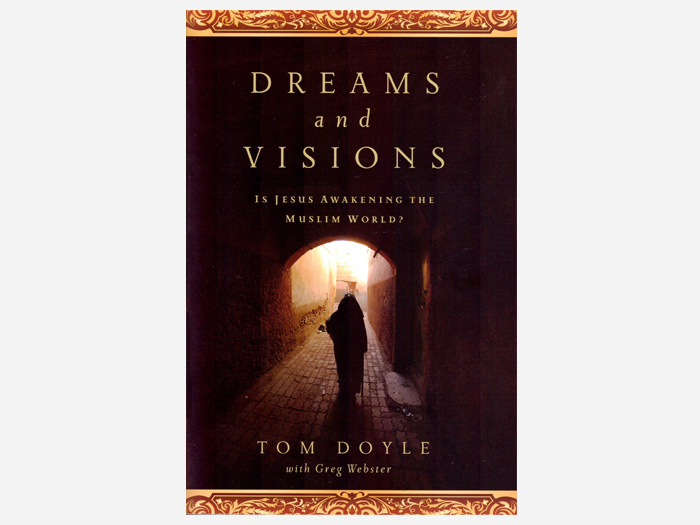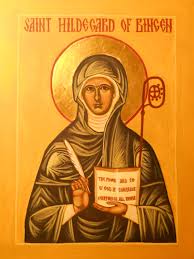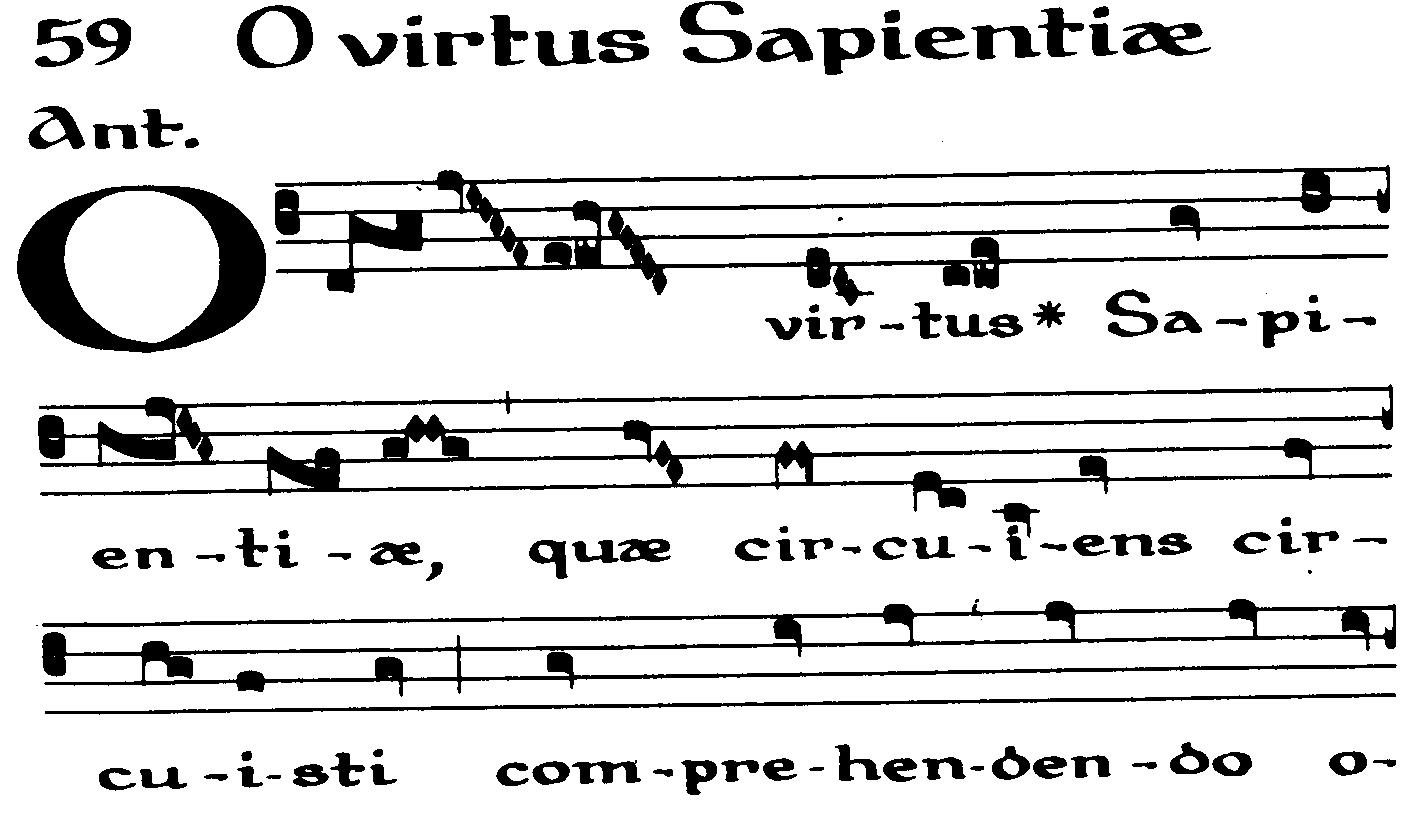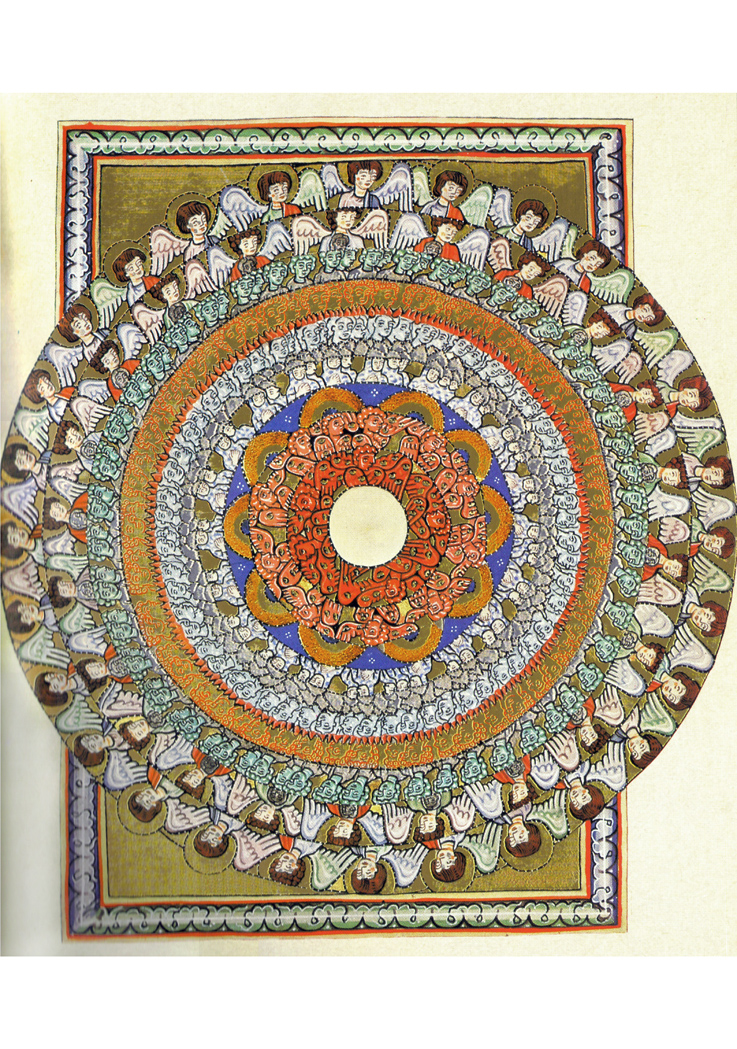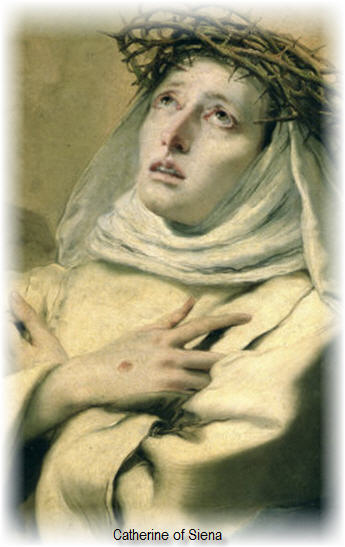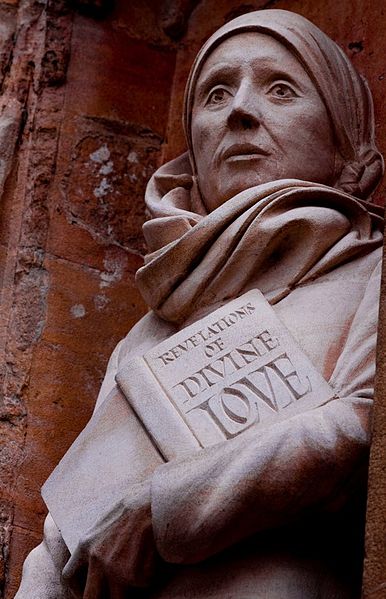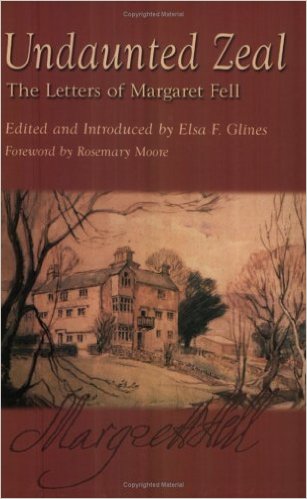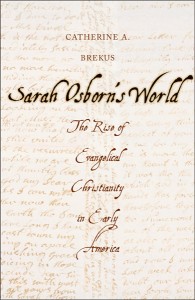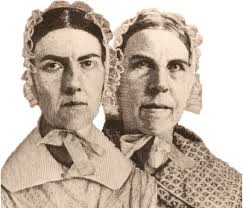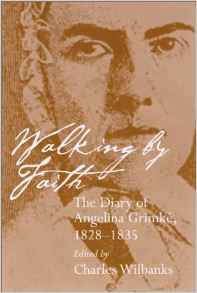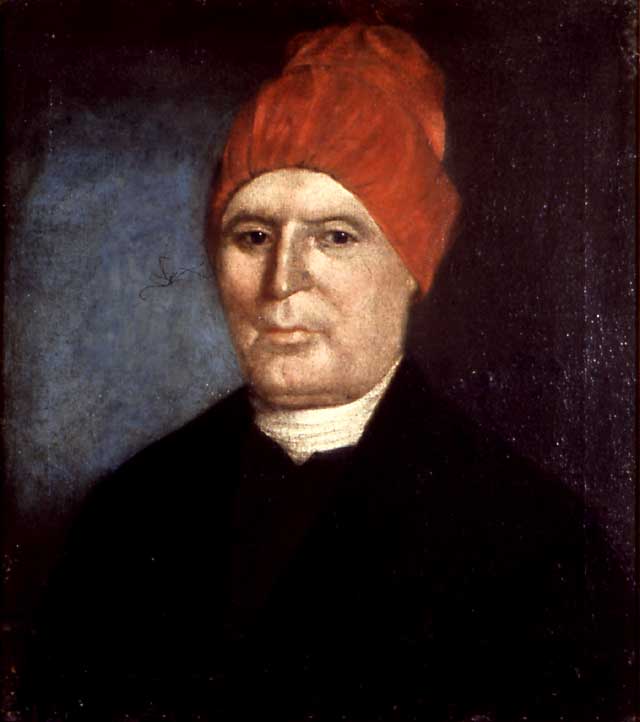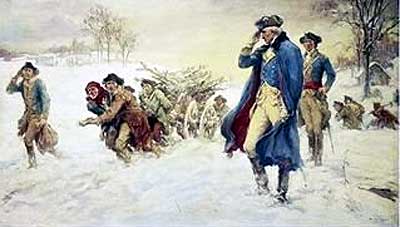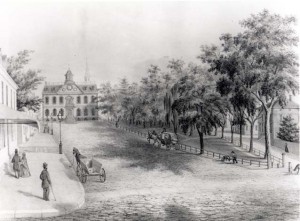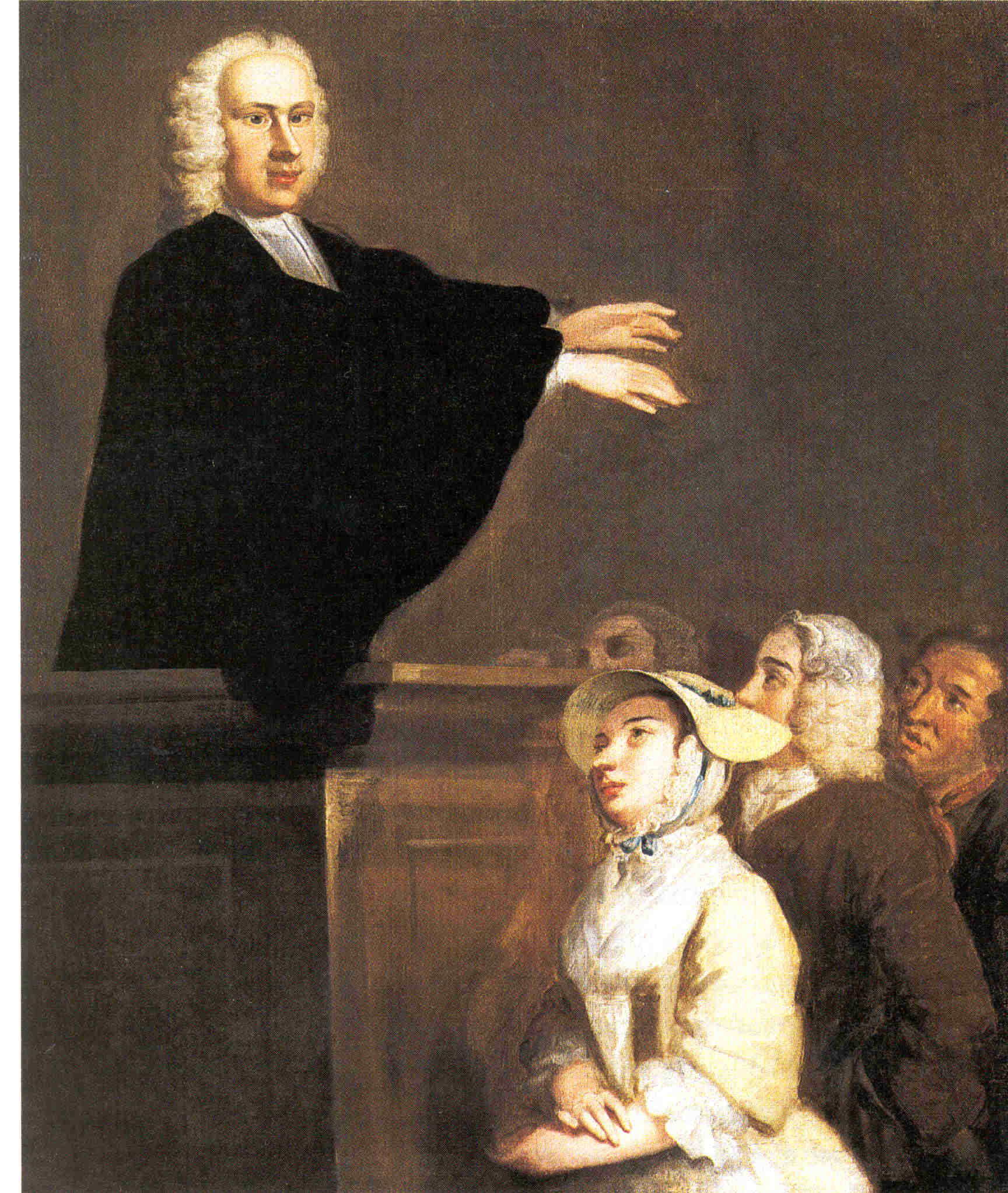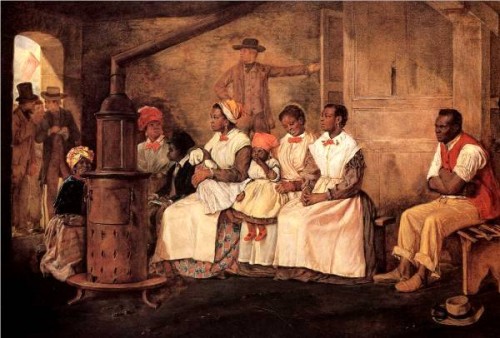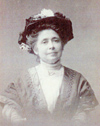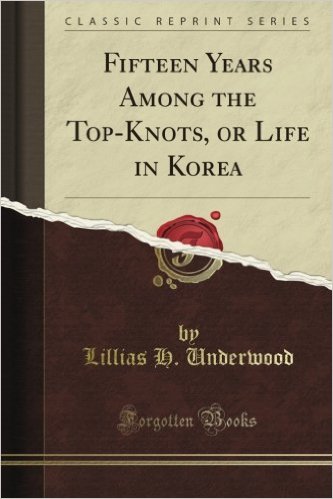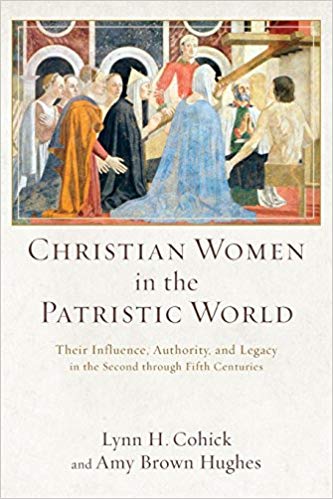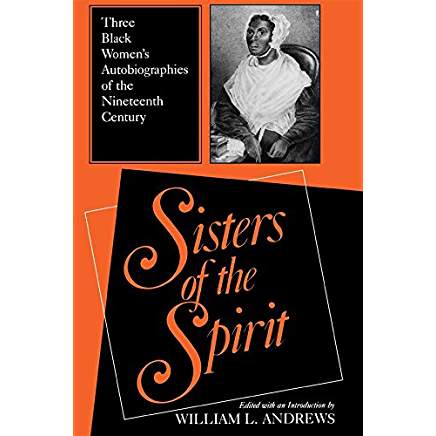Above all, keep fervent in your love for one another, because love covers a multitude of sins. Be hospitable to one another without complaint. As each one has received a special gift, employ it in serving one another as good stewards of the manifold grace of God. Whoever speaks, is to do so as one who is speaking the utterances of God; whoever serves is to do so as one who is serving by the strength which God supplies; so that in all things God may be glorified through Jesus Christ, to whom belongs the glory and dominion forever and ever. Amen. (I Peter 4:8-11)
Medieval Christian women spent their lives using their gifts in service to one another as commanded by Peter in this Scripture. They believed that following Christ meant sharing the Gospel and ministering to the poor as Jesus did. To help us understand why they served others in this way, let us look at what religion was like in the Middle Ages.
During the twelfth century the Church began to allow various religious movements to open up under their authority. We are very familiar with St. Francis of Assisi (1182 – 1226). Another popular order was the Benedictines under St. Benedict. These were called “mendicant” orders because they took vows of poverty. The men and women who joined the mendicant groups were not part of the hierarchical priesthood of the Roman Catholic Church. These groups were separate and were recognized as legitimate religious orders by the pope as long as they did not depart from the Roman Catholic doctrines. They chose to serve in monasteries or other Christian communities rather than in a formal way in the church.
One of the main reasons that these mendicant groups were forming was because the Roman Catholic clergy during the Middle Ages were living a far too rich and decadent lifestyle. Many were involved in licentiousness and ignorance of the Word of God. They did not look anything like our Jesus Who was poor and “had no place to lay his head” (Matthew 8:20). The mendicants wanted to call the Church back to the Gospel and true holiness. They wanted to follow in Christ’s footsteps.
Francis of Assisi turned away a wealthy inheritance and went to live among the poor. He took a vow of poverty. He also strove to reform the church. He and his followers spent their time caring for the poor and sick. He believed that he was following more faithfully in Jesus’ footsteps. A time-honored saying that is attributed to him goes, “Preach the Gospel always, and if you must, use words.” His message of reform spread all across Europe and the East. St. Francis is still honored today for his example of love and care to even the lowest, most forgotten people.
Many religious women, including the Beguines (see post July 27, 2016) were followers of Francis of Assisi. St. Clare founded the Poor Clares in the hope of renewing the Church and society while working among the poor. Two other women whose lives were influenced by Francis of Assisi were St. Elizabeth of Hungary and Blessed Angela of Foligno.
St. Clare of Assisi (1194-1253)
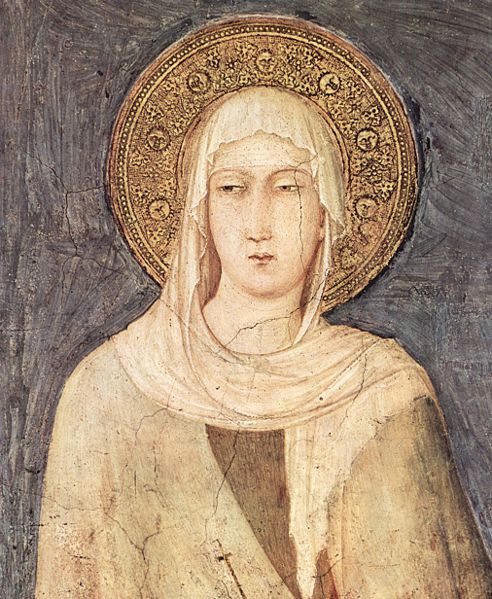 Clare was a beautiful Italian woman born into nobility. Even as a young girl she was known for her piety and her kindness. A story is told that she used to hide the food from her plate so that she could later give it to the poor.
Clare was a beautiful Italian woman born into nobility. Even as a young girl she was known for her piety and her kindness. A story is told that she used to hide the food from her plate so that she could later give it to the poor.
When she was sixteen years old, Clare heard Francis of Assisi preach. She had been promised in marriage to a wealthy man but she refused a life of ease. Instead she put on sackcloth and went out to care for the poor.
Other women began to follow Clare including her mother and sister. Francis of Assisi built a little cloister for them near the Church of St. Damian. In 1215 Clare founded the order of Poor Clares. They devoted themselves to prayer, penance and service. The Poor Clares also took vows of poverty and renounced property ownership.
Clare never left her cloister but did maintain her friendship with Francis of Assisi and many others. In spite of being bedridden for the last twenty-eight years of her life (probably due to severe fasting) her influence was great. She and the group of women serving with her were responsible for extending the reforms started by St. Francis to the church and to society.
The Poor Clares spread beyond Assisi to other towns in Italy, England, 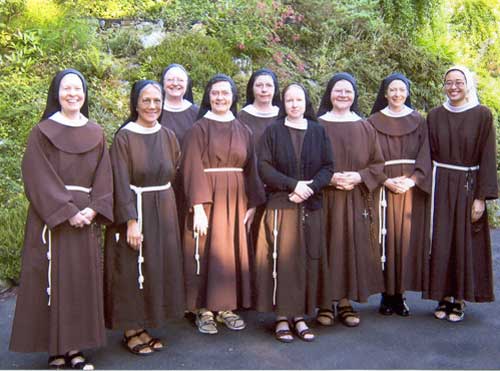 France, Germany, and Bohemia. Today the Poor Clares number over 20,000 sisters in 70 countries.
France, Germany, and Bohemia. Today the Poor Clares number over 20,000 sisters in 70 countries.
Clare died on August 11, 1253 of natural causes. In 1255 Clare was canonized as St. Clare by Pope Alexander IV.
Elizabeth of Hungary (1207 – 1231)
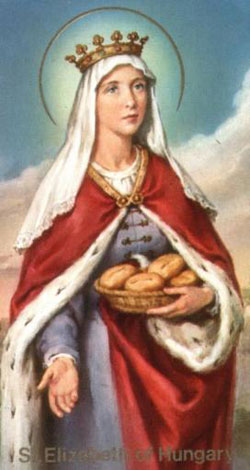 Elizabeth of Hungary (also known as Elizabeth of Thuringia) is remembered as the “Patroness of the Poor”. Born into wealth and luxury, Elizabeth spent most of her life giving it all away. Her beloved husband Ludwig, a ruler of Hungary, even encouraged her to give away their money. Elizabeth cared for lepers, built hospitals, and visited prisoners. She prayed with them and even purchased freedom for some.
Elizabeth of Hungary (also known as Elizabeth of Thuringia) is remembered as the “Patroness of the Poor”. Born into wealth and luxury, Elizabeth spent most of her life giving it all away. Her beloved husband Ludwig, a ruler of Hungary, even encouraged her to give away their money. Elizabeth cared for lepers, built hospitals, and visited prisoners. She prayed with them and even purchased freedom for some.
Ludwig died when Elizabeth was barely twenty years old, leaving her with three children. Her cruel in-laws tried to get rid of her and steal her inheritance. Her own family came to her rescue. When she received her dower money she immediately gave a quarter of it to the poor. Elizabeth built a Franciscan hospital in Marburg.
Elizabeth had promised Ludwig that there would never be another man for her. She renounced the world and went to live at a Franciscan house in Eisenach. Her oldest son, Hermann ruled in Ludwig’s place with help from his uncle as his regent. Her daughter Sophia married Henry II, Duke of Brabant. Sophia was the ancestress of many of the branches of the house of Hesse. Gertrude eventually became the abbess of the convent of Altenberg.
Elizabeth became the first tertiary in Germany. A tertiary is like a nun, but does not take all of the vows of submission. Elizabeth of course lived a life of chastity and obedience, but kept her great wealth to help the poor. She tried to fill the third vow of poverty by living like a poor person even though she was very wealthy. She stayed in a very small house and wore plain clothes. She never purchased any luxuries. She labored at spinning wool to earn extra income to give to the poor. It was said that no one would have ever known that she was a princess.
Elizabeth literally wore herself out working among the poor. She died of exhaustion in 1231. She was only twenty-four years old. She was buried in the chapel attached to the hospital that she had founded. Many lepers, blind, lame, and poor came to her funeral.
The hospital that Elizabeth built at Wartburg no longer exists, but the little fountain that was attached to it is still there. At this fountain Elizabeth was known to have washed the clothes of the poor with her own hands. It is still called “the Fountain of Elizabeth”.
Angela of Foligno (1248 – 1309)
We do not have very many details of Angela’s life outside of her writings. We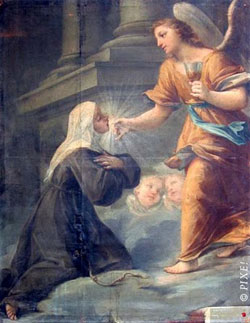 know that she was born to a prominent family in Foligno, a few miles from Assisi. Her father died when she was young. She was rich, proud, beautiful, and educated. She lived for worldly pleasures until her conversion in 1285 when she was thirty-seven years old.
know that she was born to a prominent family in Foligno, a few miles from Assisi. Her father died when she was young. She was rich, proud, beautiful, and educated. She lived for worldly pleasures until her conversion in 1285 when she was thirty-seven years old.
Angela says in her writings that she was convicted of her sins and feared going to hell. She wept and prayed constantly. One day she confessed her sins to a Franciscan chaplain, Brother Arnaldo who would become her confessor and the writer of her revelations. Angela felt great relief at the promise of God’s forgiveness for her sins and began a new life of penance and contemplation. She gave away her fine clothes and vowed to live a life of poverty.
Tragically, Angela’s mother died and then her husband and soon after that all of her children. Angela mourned for her family, but decided to take the opportunity to live among the poor, following in the footsteps of Christ. In 1291 the Franciscans of San Francesco’s in Foligno permitted her to take the habit and make her profession in the Third Order of St. Francis.
After a pilgrimage to Assisi, Angela returned home to begin her spiritual journey. This was described in Angela’s book. The first part of the book is the Memorial, Angela’s inner spiritual journey. The second part of her book, Instructions, gives us glimpses of her life as a spiritual mother.
In 1307 Angela visited the Poor Clares at the monastery of Valle Gloria in Spello. We do not know many more details of her life, but the events surrounding her death are recorded in detail in the Instructions.
Her sickness began a few days before Christmas, 1308 and lasted until January 4, 1309. She gave her followers a final blessing and then slipped away peacefully into the arms of her Beloved Lord. Angela’s body was laid to rest in the church in San Francesco in Foligno. Many people came from Spello and the surrounding areas to revere her body. Angela was given the title of “Blessed’ by Clement XI on July 11, 1701.
The common characteristic in all of these women is their love for the poor. All of these women were born into wealth but gave it all away. They were all touched by the life of St. Francis and desired to follow in the footsteps of Jesus as Francis did. Truly they obeyed Jesus’ when He said, “If you wish to be complete, go and sell your possessions and give to the poor, and you will have treasure in heaven; and come, follow Me.” (Matthew 19:21)
